1. Use a Wood Filler to Fill in Deep Scratches on the Table Surface
If your kitchen table has deep scratches that are affecting its appearance, the first step in fixing them is to use a wood filler. This is a putty-like substance that can be applied to the scratches and then sanded down to create a smooth surface. You can find wood fillers in different shades to match the color of your table, making it easier to blend in the repairs.
2. Sand Down the Scratches with Fine-Grit Sandpaper
For shallow scratches or imperfections on the table surface, sandpaper can be used to smooth them out. Choose a fine-grit sandpaper, such as 220 or 320, and gently sand in the direction of the wood grain. Be careful not to sand too vigorously, as this can cause further damage to the table. Once the scratches are sanded down, wipe away any dust with a cloth.
3. Apply a Wood Stain to Match the Color of the Table
If the scratches are in an area where the wood has been discolored or faded, using a wood stain can help to even out the color. Choose a stain that matches the color of your table and apply it to the scratched area with a cloth. Wipe away any excess stain and allow it to dry according to the manufacturer's instructions. This will help to blend in the scratches and make them less noticeable.
4. Use a Furniture Marker to Color in Lighter Scratches
If you have lighter scratches on your kitchen table, a furniture marker can be a quick and easy solution. These markers come in a variety of colors and can be used to color in scratches and imperfections. Simply choose a color that matches your table and use the marker to fill in the scratches. You can then buff the area with a clean cloth to blend it in.
5. Mix Equal Parts of Vinegar and Olive Oil to Create a Natural Scratch Remover
For a natural and budget-friendly option, you can create your own scratch remover using equal parts of vinegar and olive oil. Mix the two ingredients together and apply a small amount to the scratches on your table. Let it sit for a few minutes before buffing it with a clean cloth. The vinegar will help to lift the scratches while the olive oil will nourish and protect the wood.
6. Apply a Layer of Beeswax or Furniture Polish to Protect the Table from Future Scratches
Once you have repaired the scratches on your kitchen table, it's important to take preventive measures to protect it from future damage. Applying a layer of beeswax or furniture polish can help to create a protective barrier on the surface of the wood. This will make it less susceptible to scratches and also give it a beautiful shine.
7. Use a Steam Iron and a Damp Cloth to Steam Out Shallow Scratches
If your kitchen table has shallow scratches, you can use a steam iron and a damp cloth to steam them out. Simply place the damp cloth over the scratches and run the steam iron over it for a few seconds. The heat and moisture from the steam will help to expand the wood and make the scratches less noticeable. Be careful not to keep the iron in one spot for too long, as this can cause damage to the wood.
8. Apply a Layer of Clear Nail Polish to Fill in Small Scratches
For small and shallow scratches, clear nail polish can be a quick fix. Simply apply a small amount of polish to the scratches and let it dry completely. The polish will fill in the scratches and create a smooth surface. You can then buff it with a cloth to blend it in with the rest of the table.
9. Use a Walnut or Pecan to Rub Over Scratches and Blend in the Natural Oils
For a natural and effective way to repair scratches on your kitchen table, you can use a walnut or pecan. The natural oils in these nuts can help to blend in scratches and make them less noticeable. Simply rub the nut over the scratches and buff with a clean cloth. This method works best for lighter scratches on darker wood.
10. Cover the Table with a Tablecloth or Placemats to Prevent Further Scratches
One of the best ways to prevent scratches on your kitchen table is to cover it with a tablecloth or placemats. This will help to protect the surface from spills, scratches, and other damage. Choose a tablecloth or placemats that match your decor and make sure to clean them regularly to avoid any build-up of dirt or debris that can cause scratches.
In conclusion, repairing scratches on your kitchen table may seem daunting, but with these simple and effective methods, you can have your table looking as good as new in no time. Whether you choose a natural remedy or a store-bought product, make sure to follow the instructions carefully and take preventive measures to protect your table from future damage. With a little bit of effort, your kitchen table will be a beautiful and scratch-free centerpiece in your home.
Fixing Scratches on Your Kitchen Table
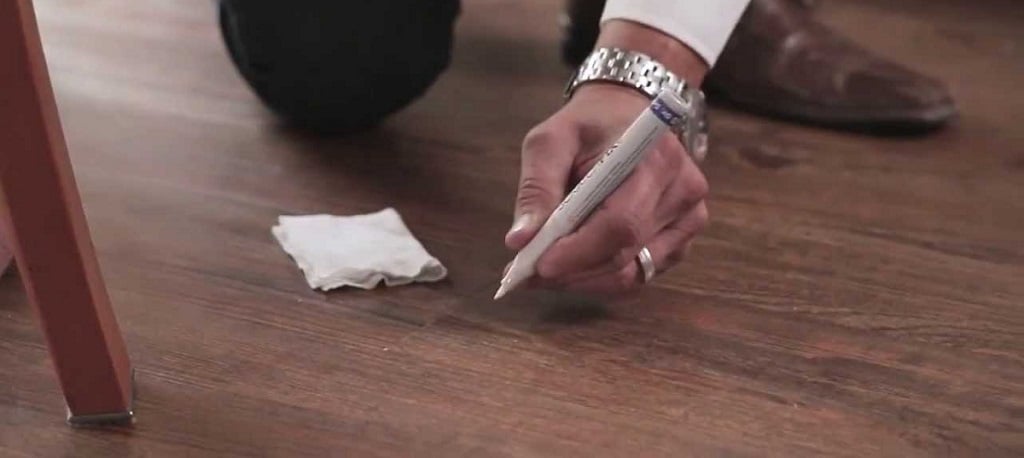
Introduction
 When it comes to designing a house, the kitchen is often referred to as the heart of the home. It is where families gather to cook, eat, and spend quality time together. With such a high level of activity, it's no surprise that kitchen furniture, such as the table, can easily get scratched and damaged. These scratches not only affect the aesthetics of your kitchen but can also make the table less durable. But don't worry, with a few simple steps, you can easily fix scratches on your kitchen table and restore its beauty and functionality.
When it comes to designing a house, the kitchen is often referred to as the heart of the home. It is where families gather to cook, eat, and spend quality time together. With such a high level of activity, it's no surprise that kitchen furniture, such as the table, can easily get scratched and damaged. These scratches not only affect the aesthetics of your kitchen but can also make the table less durable. But don't worry, with a few simple steps, you can easily fix scratches on your kitchen table and restore its beauty and functionality.
Assess the Damage
 Before you begin fixing the scratches on your kitchen table, it's important to assess the extent of the damage.
Take a close look at the scratches to determine how deep they are and what type of wood your table is made of.
This will help you determine the best method for repairing the scratches. For minor surface scratches, you can simply use a wood filler or wax to fill in the scratches. For deeper scratches, you may need to sand and refinish the affected area.
Before you begin fixing the scratches on your kitchen table, it's important to assess the extent of the damage.
Take a close look at the scratches to determine how deep they are and what type of wood your table is made of.
This will help you determine the best method for repairing the scratches. For minor surface scratches, you can simply use a wood filler or wax to fill in the scratches. For deeper scratches, you may need to sand and refinish the affected area.
Choose the Right Products
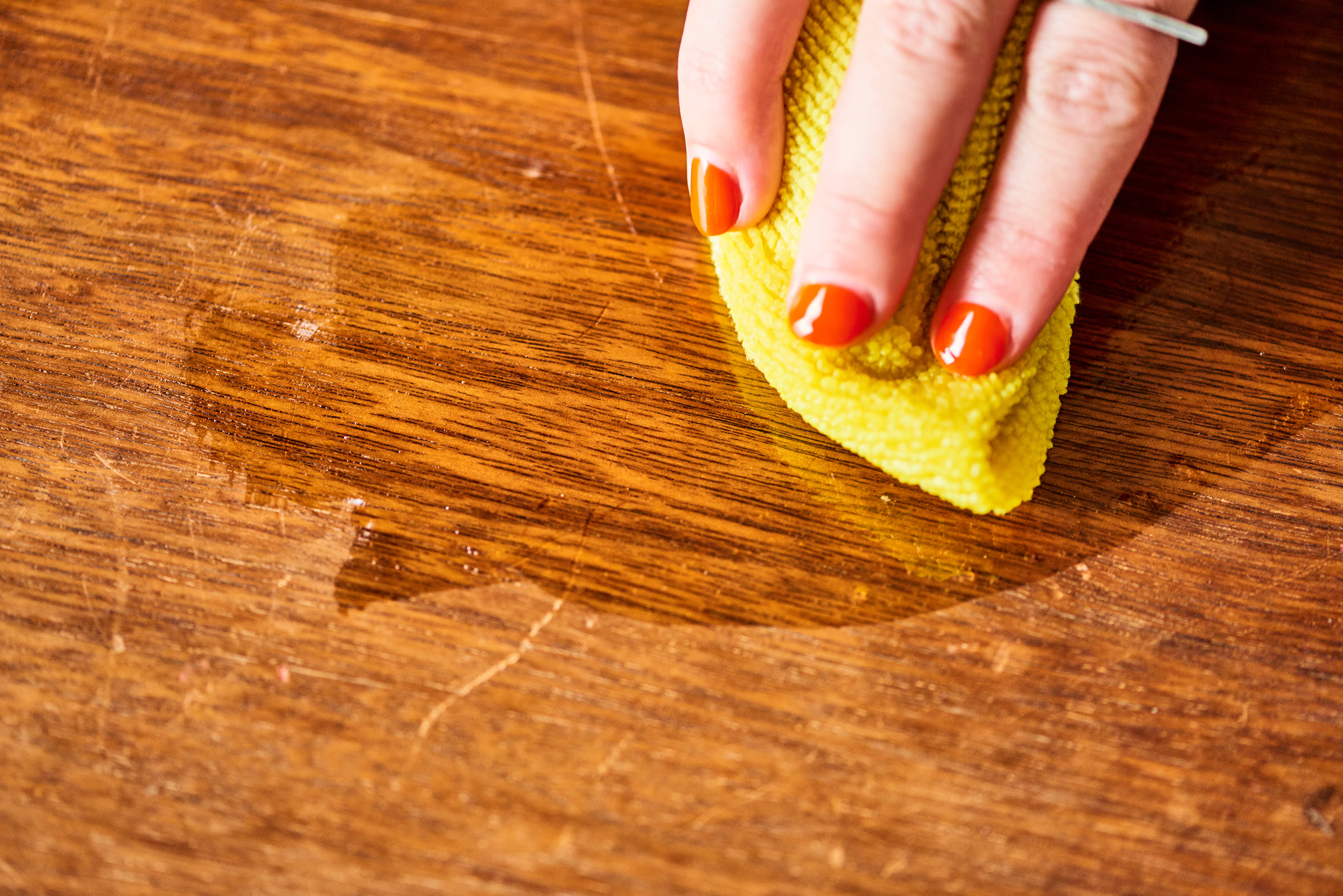 When it comes to repairing scratches on your kitchen table, using the right products is crucial.
Opt for products that are specifically designed for your table's type of wood and finish.
For example, if your table is made of hardwood with a glossy finish, choose a wood filler or wax that is suitable for hardwood and provides a glossy finish. Using the wrong products can not only lead to unsatisfactory results but can also cause further damage to your table.
When it comes to repairing scratches on your kitchen table, using the right products is crucial.
Opt for products that are specifically designed for your table's type of wood and finish.
For example, if your table is made of hardwood with a glossy finish, choose a wood filler or wax that is suitable for hardwood and provides a glossy finish. Using the wrong products can not only lead to unsatisfactory results but can also cause further damage to your table.
Fixing Minor Scratches
 For minor scratches,
start by cleaning the scratched area with a mild soap and water.
This will help remove any dirt or debris that may be present. Next, apply a small amount of wood filler or wax to the scratched area, using a putty knife to smooth it out.
Let it dry completely before sanding the area lightly with fine-grit sandpaper, following the wood grain.
Finally, buff the area with a soft cloth to restore the shine.
For minor scratches,
start by cleaning the scratched area with a mild soap and water.
This will help remove any dirt or debris that may be present. Next, apply a small amount of wood filler or wax to the scratched area, using a putty knife to smooth it out.
Let it dry completely before sanding the area lightly with fine-grit sandpaper, following the wood grain.
Finally, buff the area with a soft cloth to restore the shine.
Repairing Deep Scratches
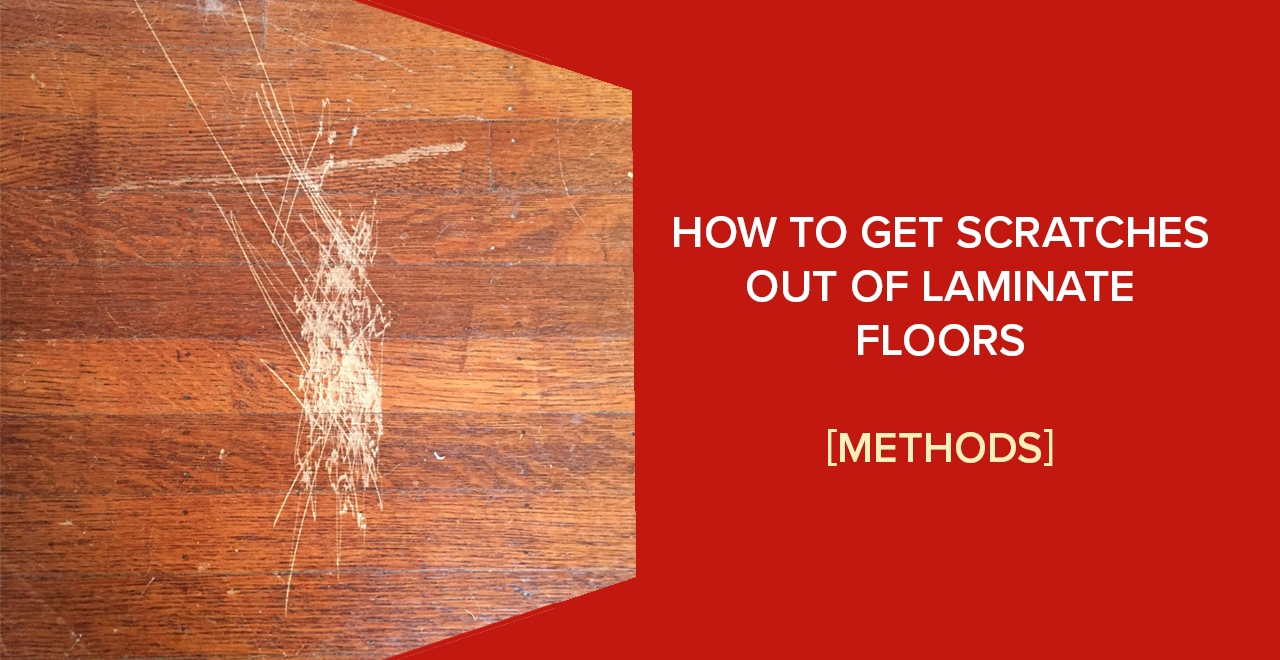 For deeper scratches,
start by sanding the affected area with coarse-grit sandpaper to remove any rough edges and level out the surface.
Next, use a fine-grit sandpaper to sand the area again, this time following the wood grain to avoid creating more scratches. Once the surface is smooth, apply a matching stain or wood finish to the area using a small paintbrush.
Let it dry completely before lightly sanding and buffing the area to blend it with the rest of the table.
For deeper scratches,
start by sanding the affected area with coarse-grit sandpaper to remove any rough edges and level out the surface.
Next, use a fine-grit sandpaper to sand the area again, this time following the wood grain to avoid creating more scratches. Once the surface is smooth, apply a matching stain or wood finish to the area using a small paintbrush.
Let it dry completely before lightly sanding and buffing the area to blend it with the rest of the table.
Preventing Future Scratches
 To prevent future scratches on your kitchen table,
consider using coasters, placemats, and tablecloths to protect the surface from spills and scratches.
Regularly cleaning and polishing your table can also help maintain its appearance and prevent scratches.
Using protective pads under heavy objects and avoiding dragging or sliding items across the table can also help prevent scratches.
With proper care, your kitchen table can remain scratch-free and continue to be the centerpiece of your home for years to come.
To prevent future scratches on your kitchen table,
consider using coasters, placemats, and tablecloths to protect the surface from spills and scratches.
Regularly cleaning and polishing your table can also help maintain its appearance and prevent scratches.
Using protective pads under heavy objects and avoiding dragging or sliding items across the table can also help prevent scratches.
With proper care, your kitchen table can remain scratch-free and continue to be the centerpiece of your home for years to come.
Conclusion
 Scratches on your kitchen table can be unsightly and diminish the overall appearance of your kitchen. However, with the right products and techniques, you can easily fix these scratches and restore your table's beauty.
Remember to assess the damage, choose the right products, and follow the appropriate steps for minor or deep scratches.
By taking proper care of your kitchen table, you can ensure that it remains a functional and attractive part of your home for years to come.
Scratches on your kitchen table can be unsightly and diminish the overall appearance of your kitchen. However, with the right products and techniques, you can easily fix these scratches and restore your table's beauty.
Remember to assess the damage, choose the right products, and follow the appropriate steps for minor or deep scratches.
By taking proper care of your kitchen table, you can ensure that it remains a functional and attractive part of your home for years to come.

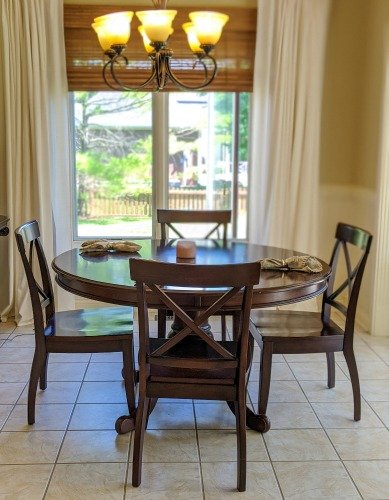




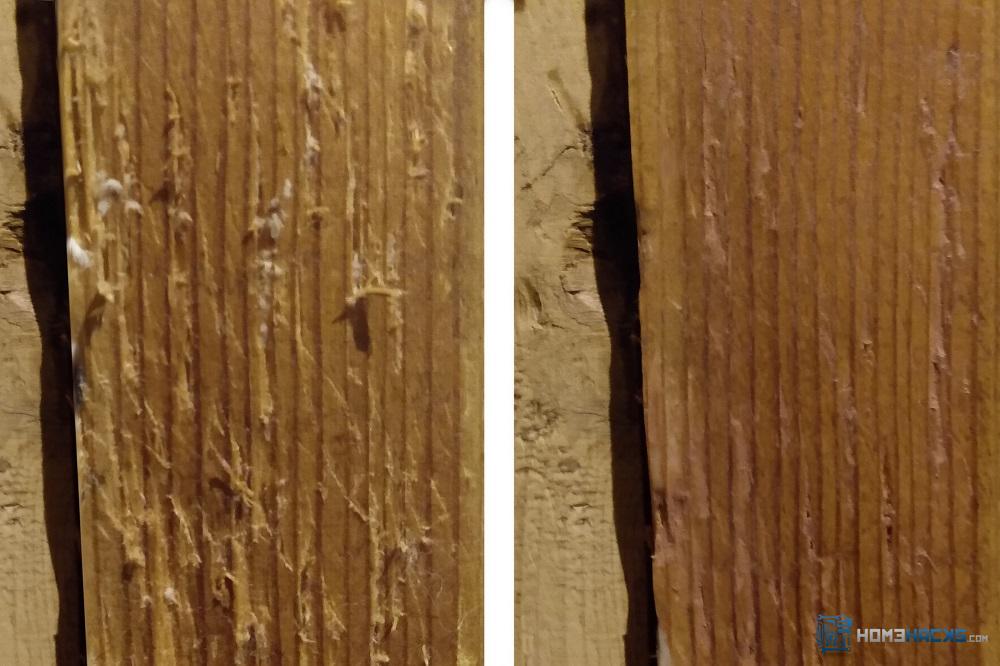
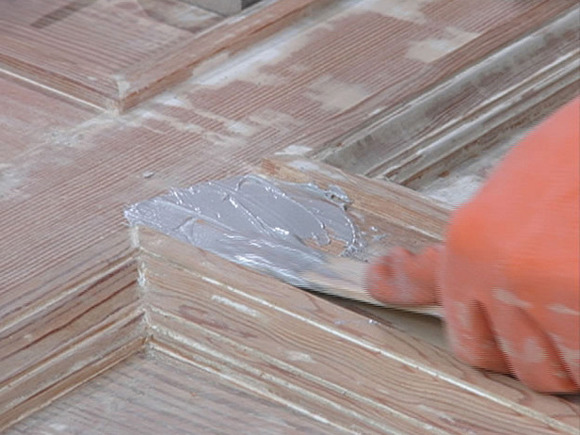



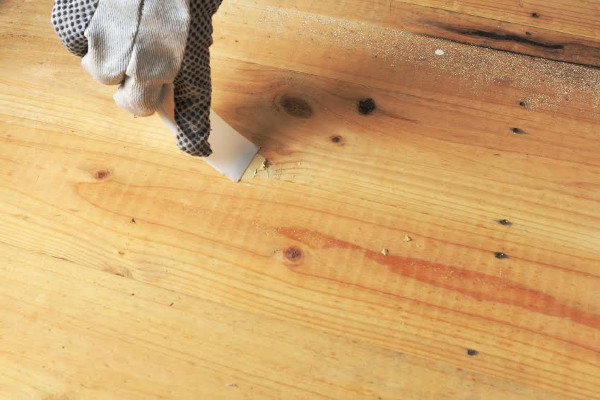



/121134123-56a49efd3df78cf772834db5.jpg)


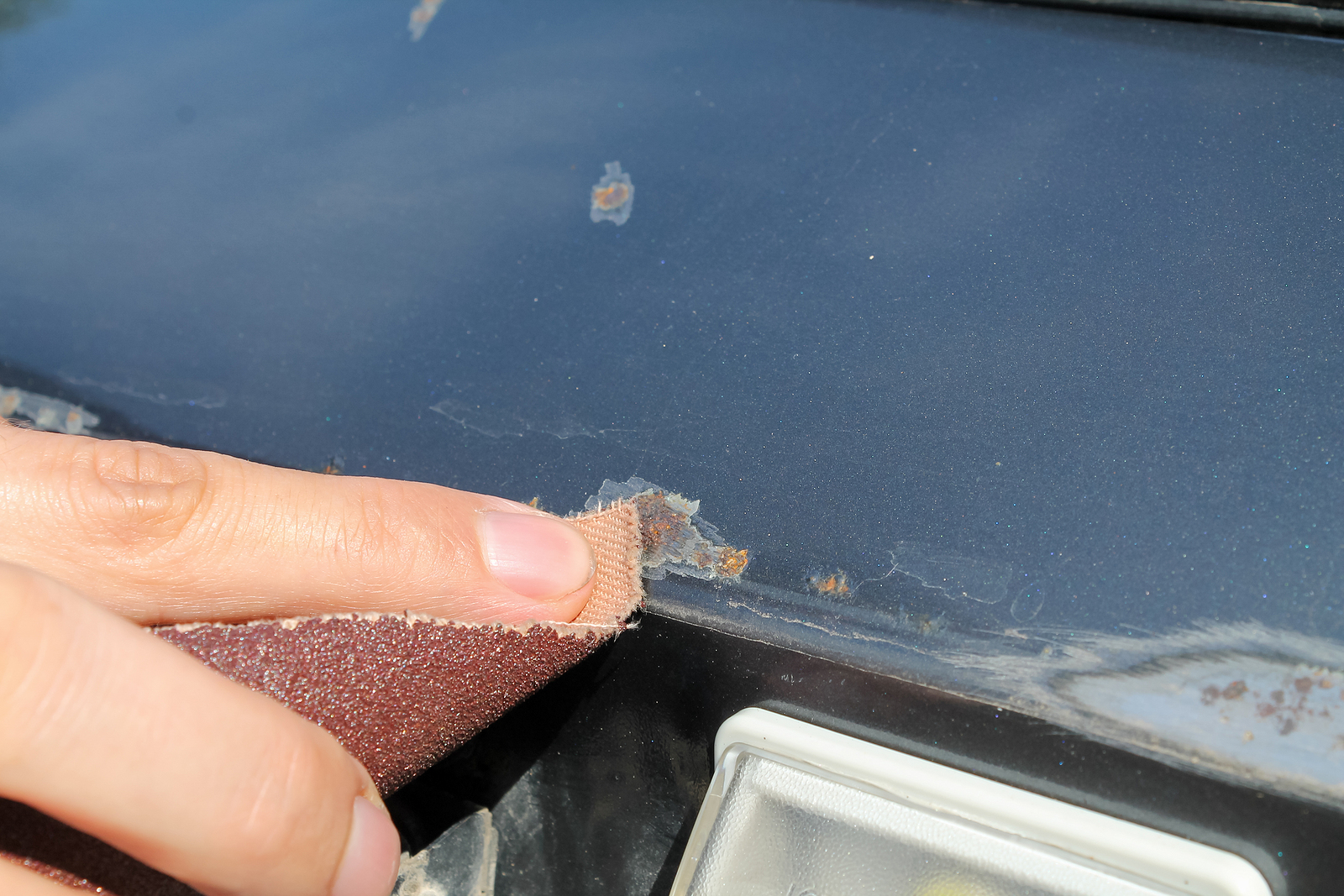

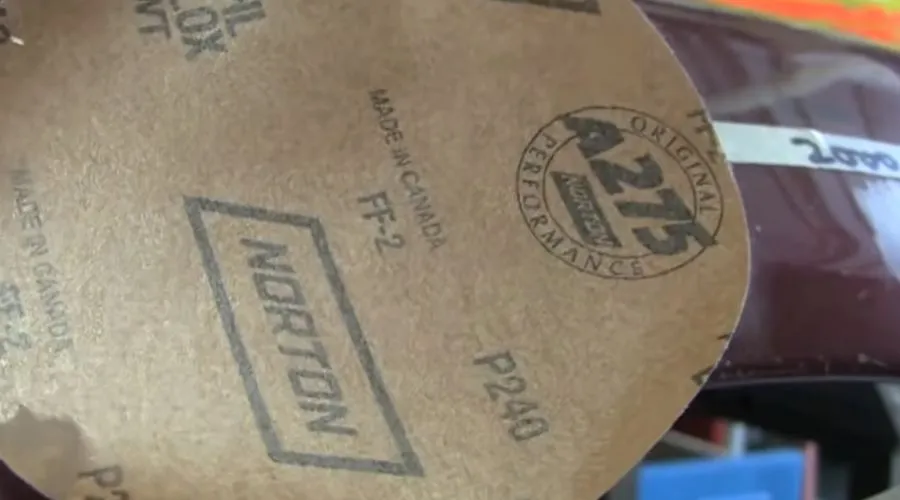
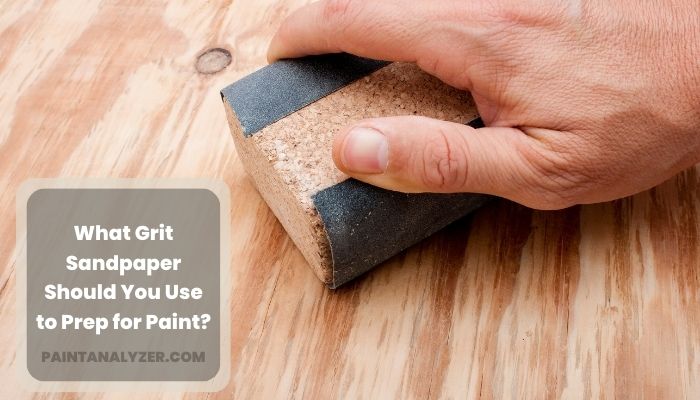







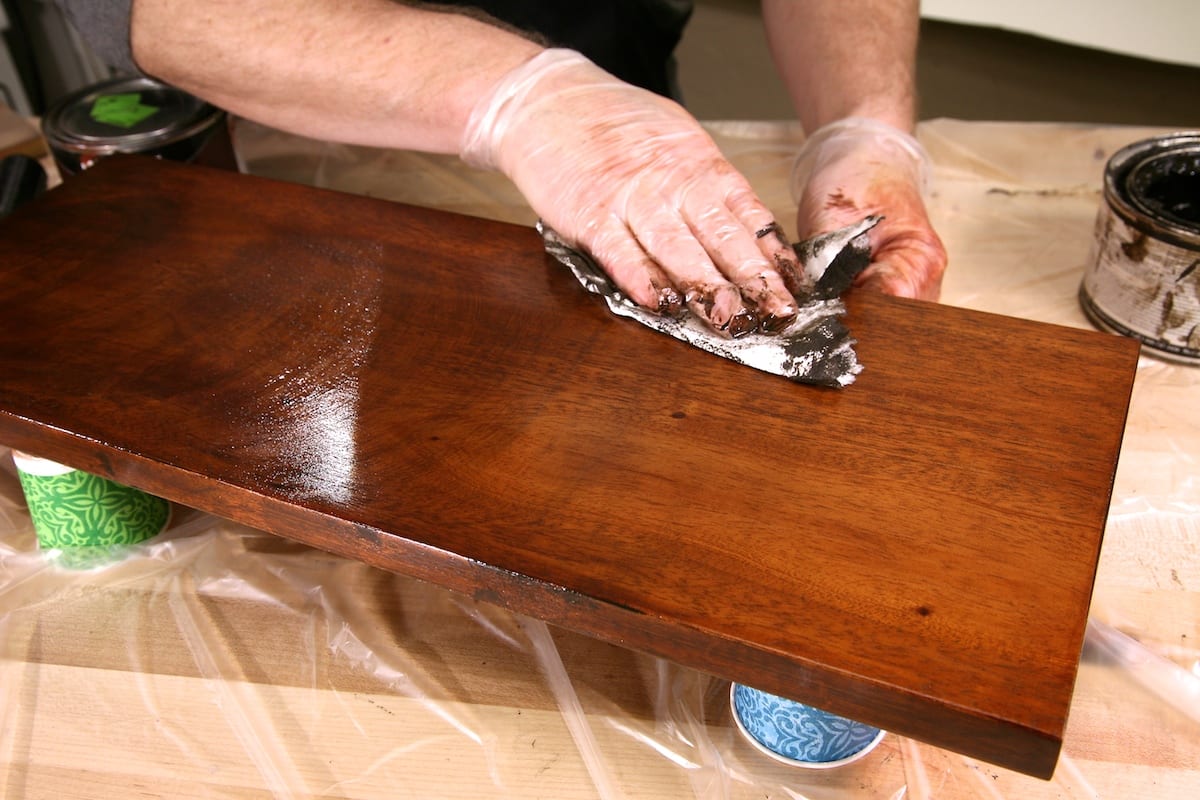


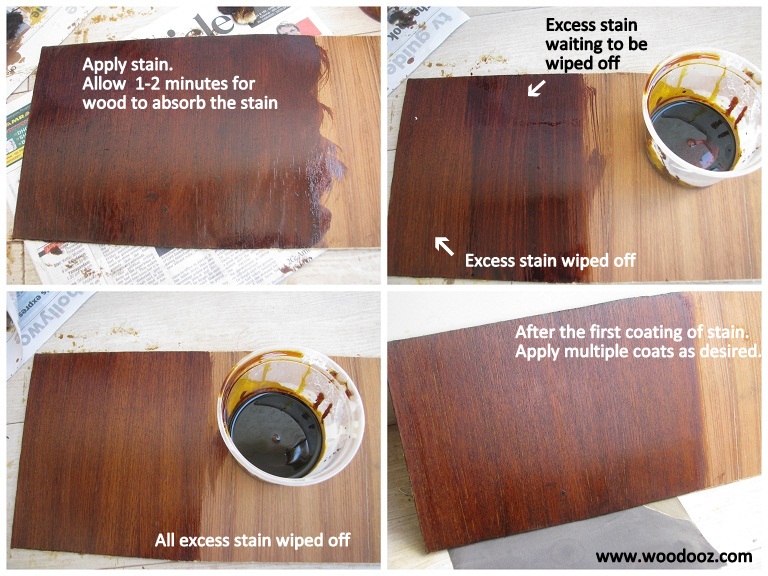

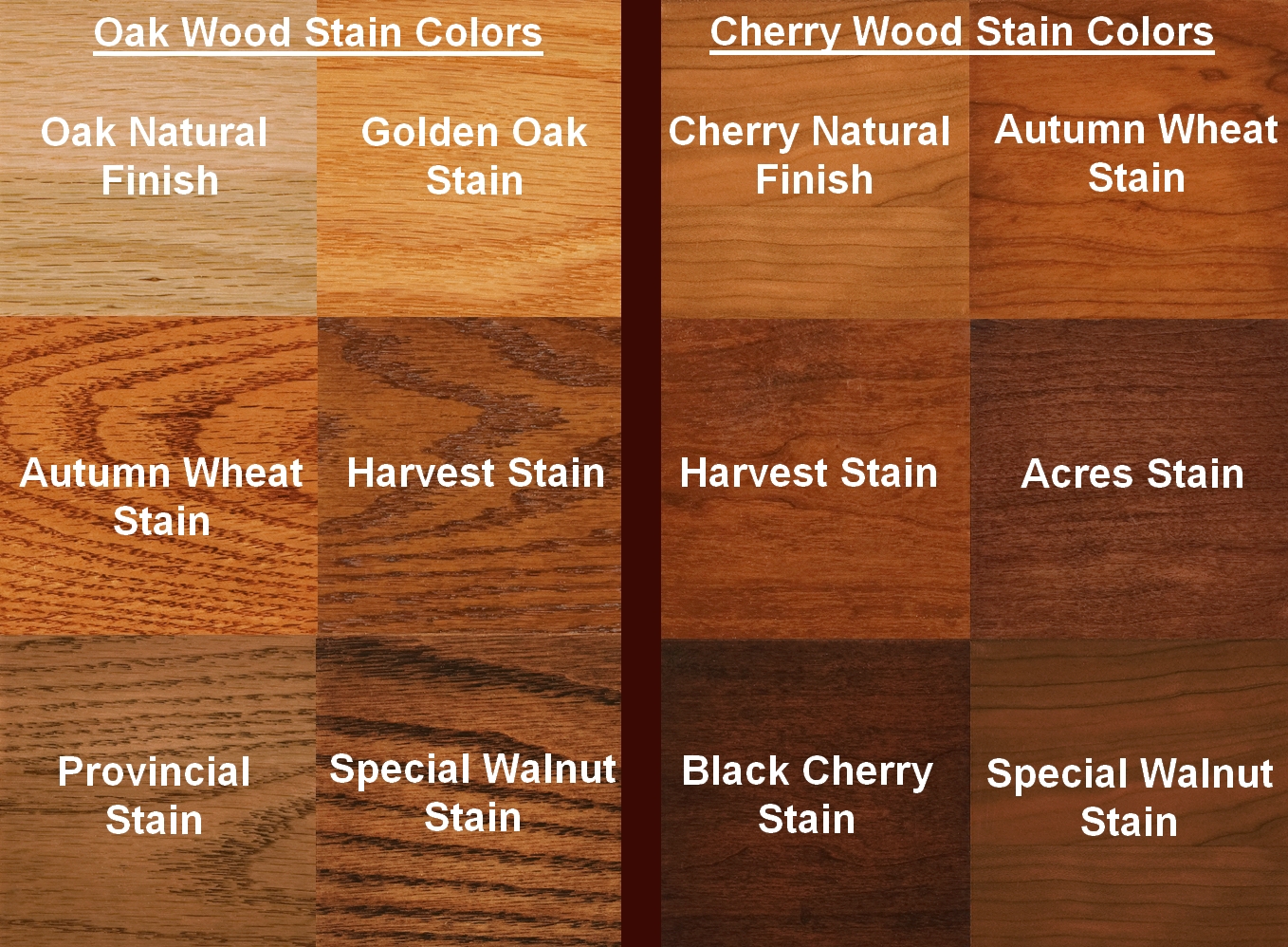
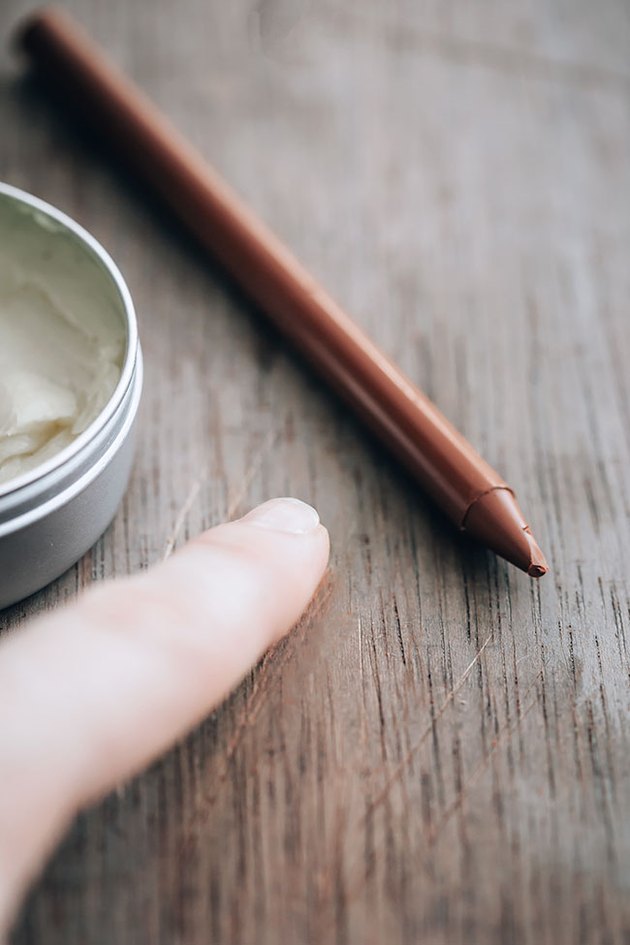



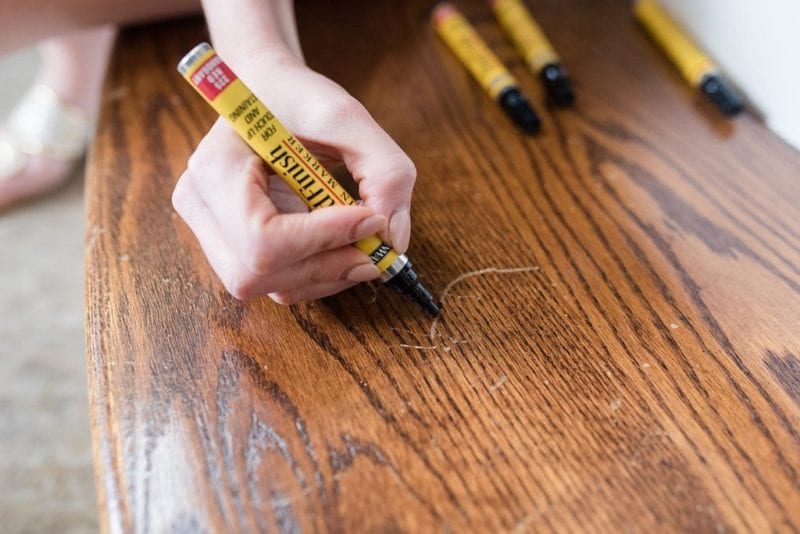

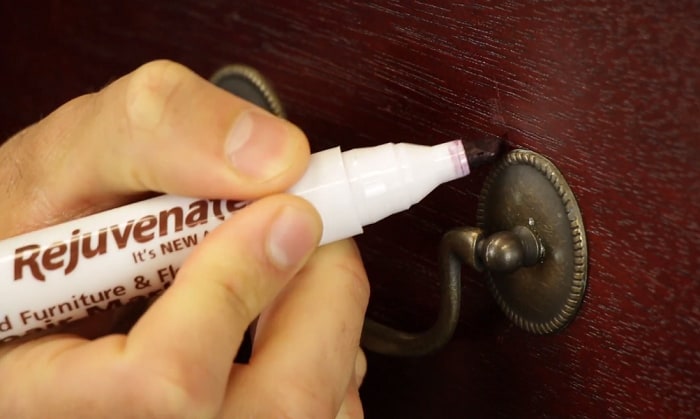


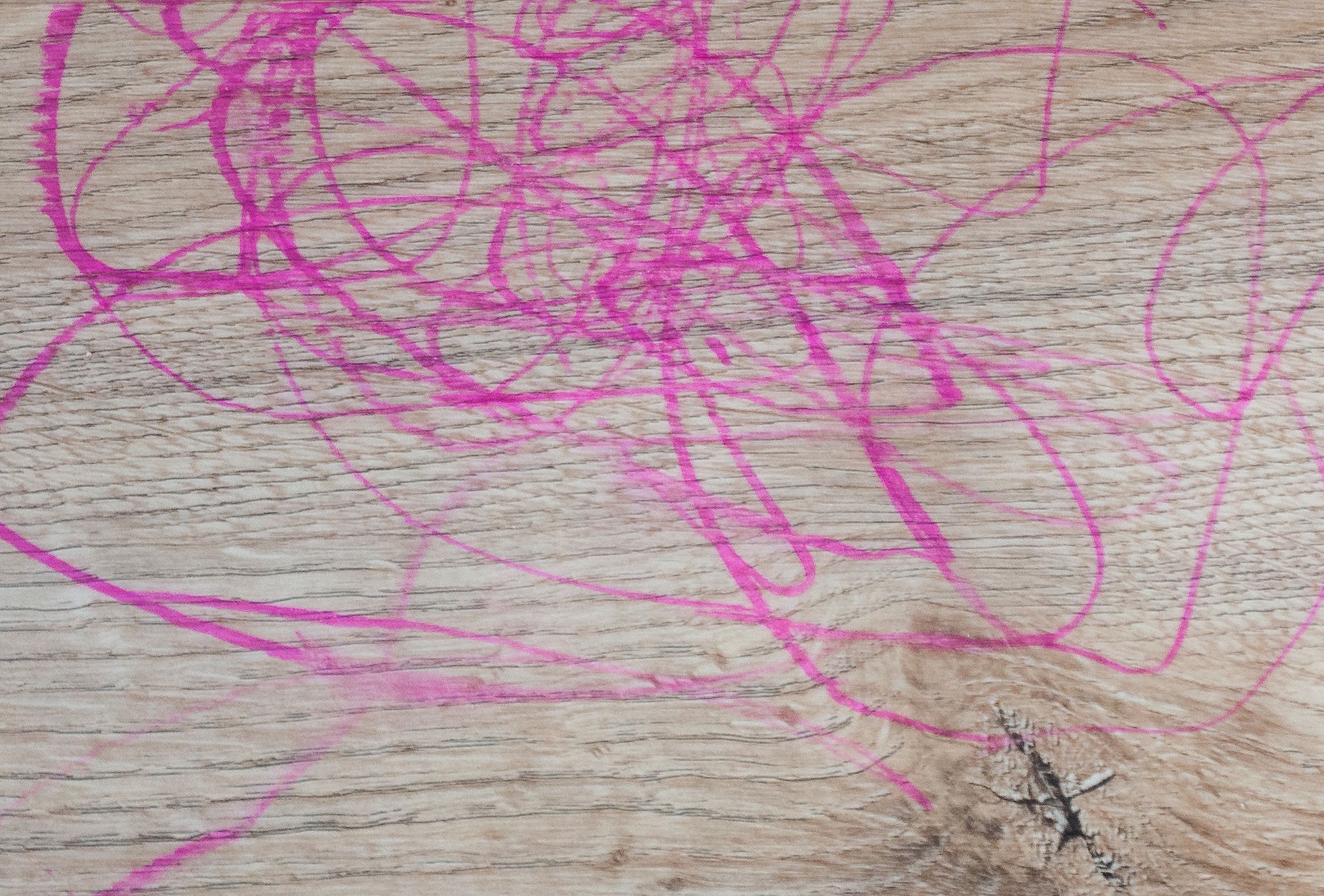


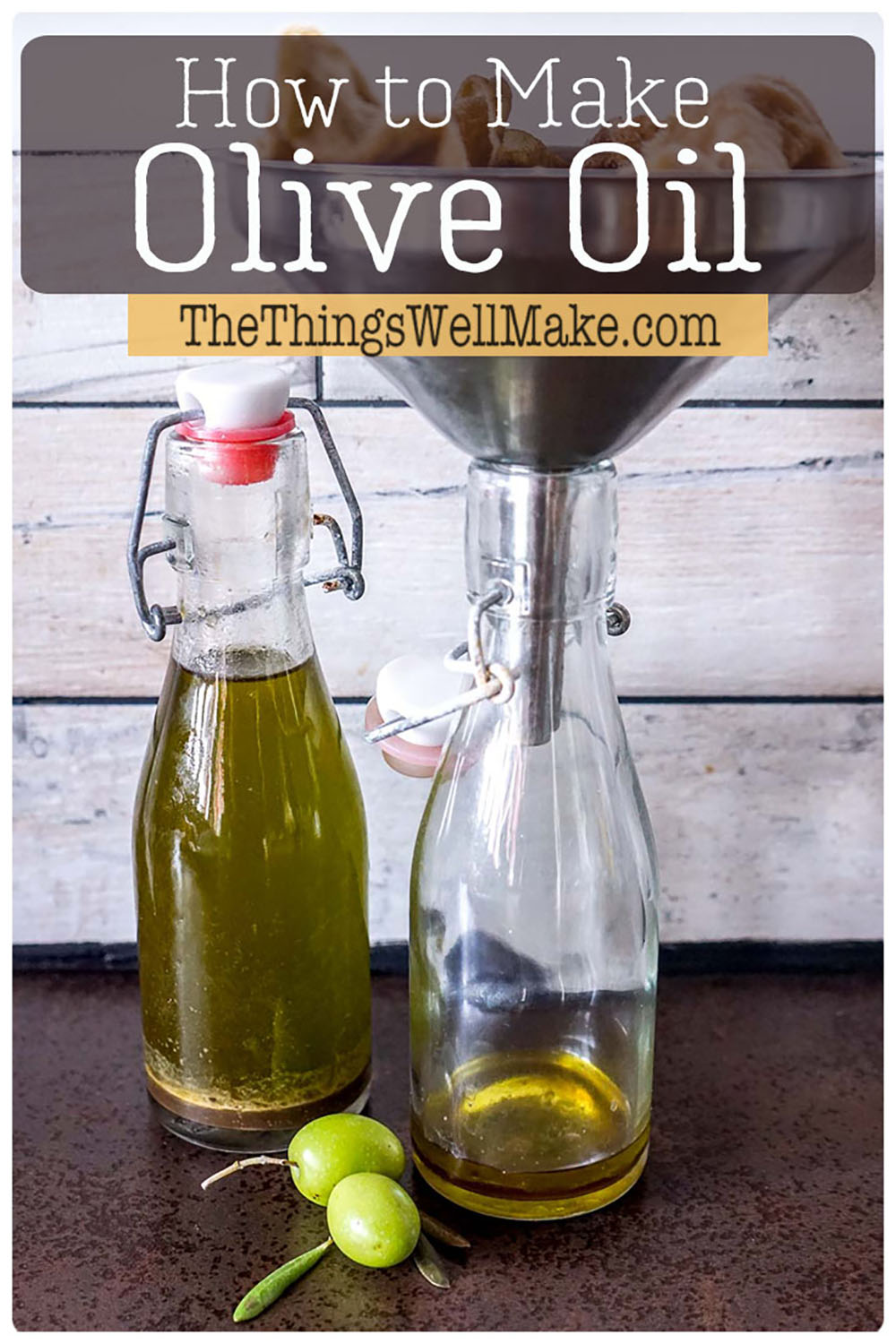

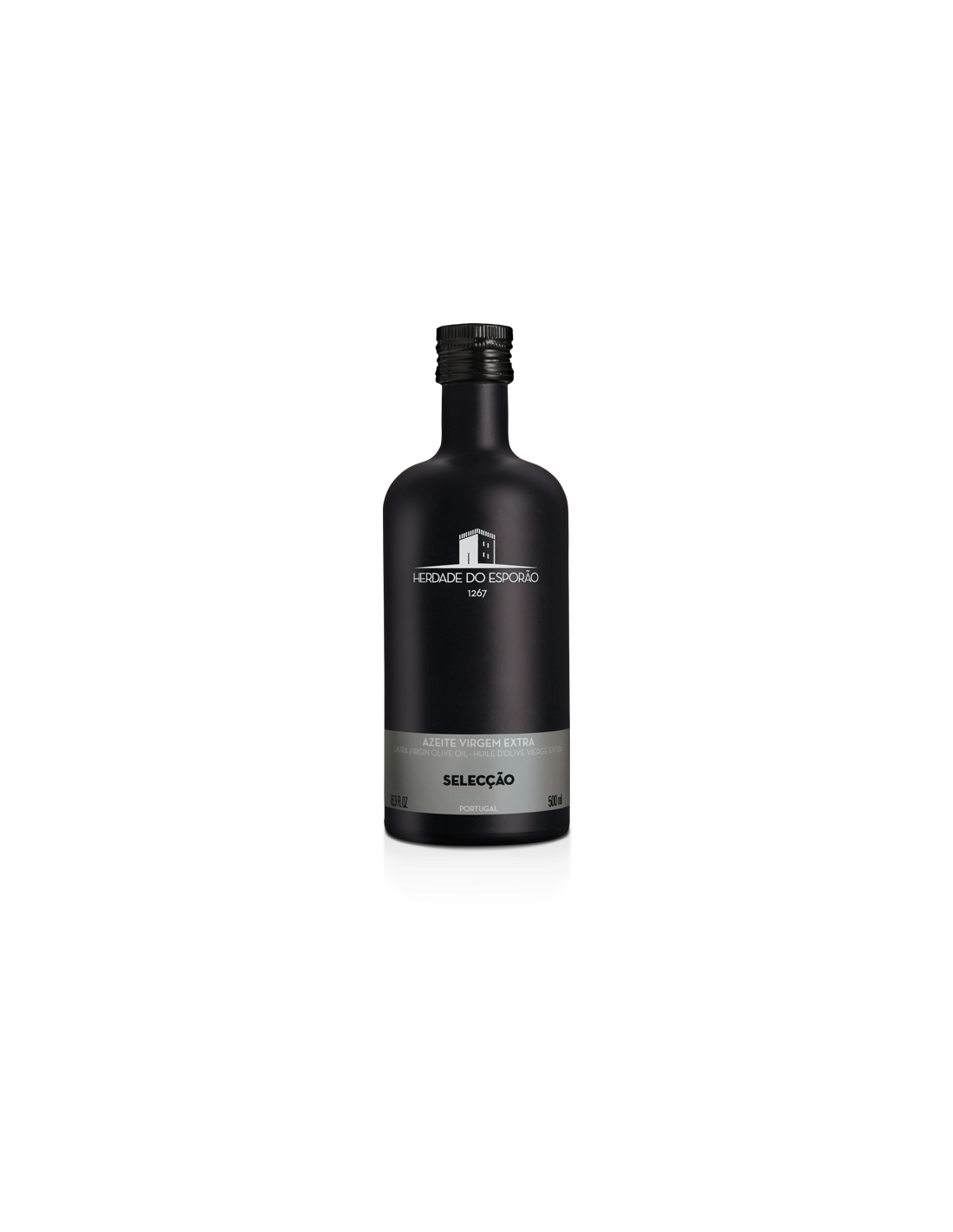

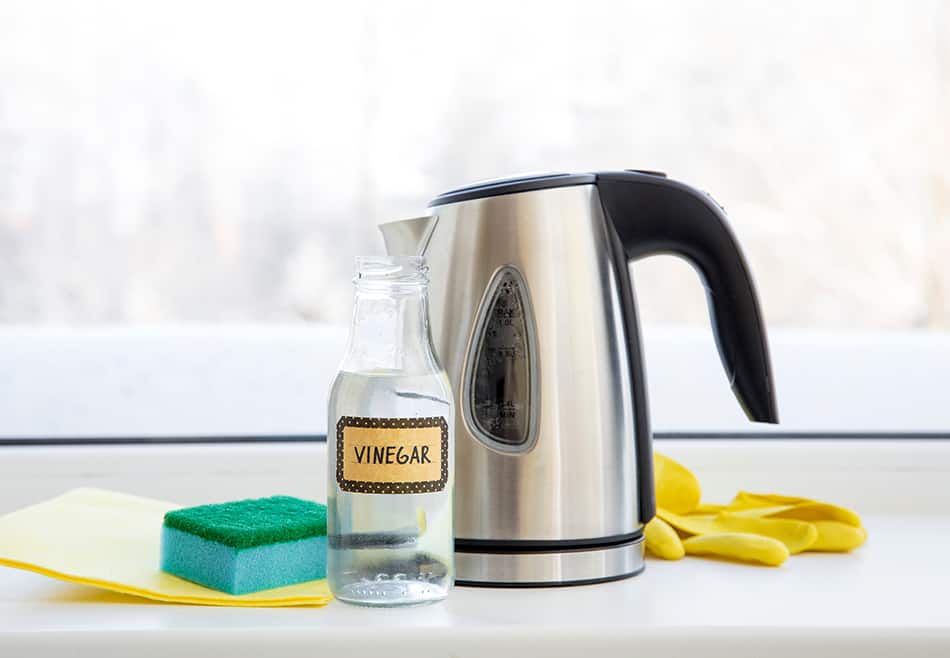

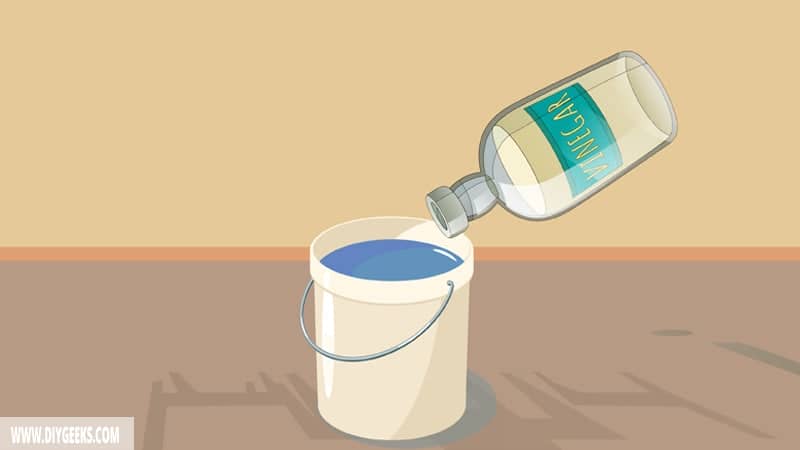












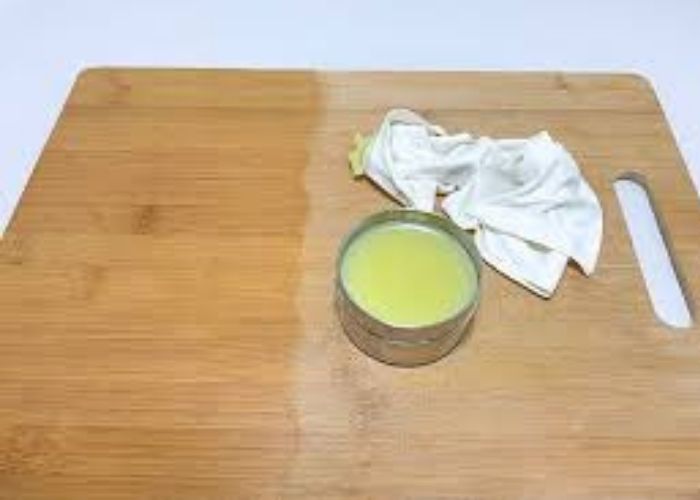







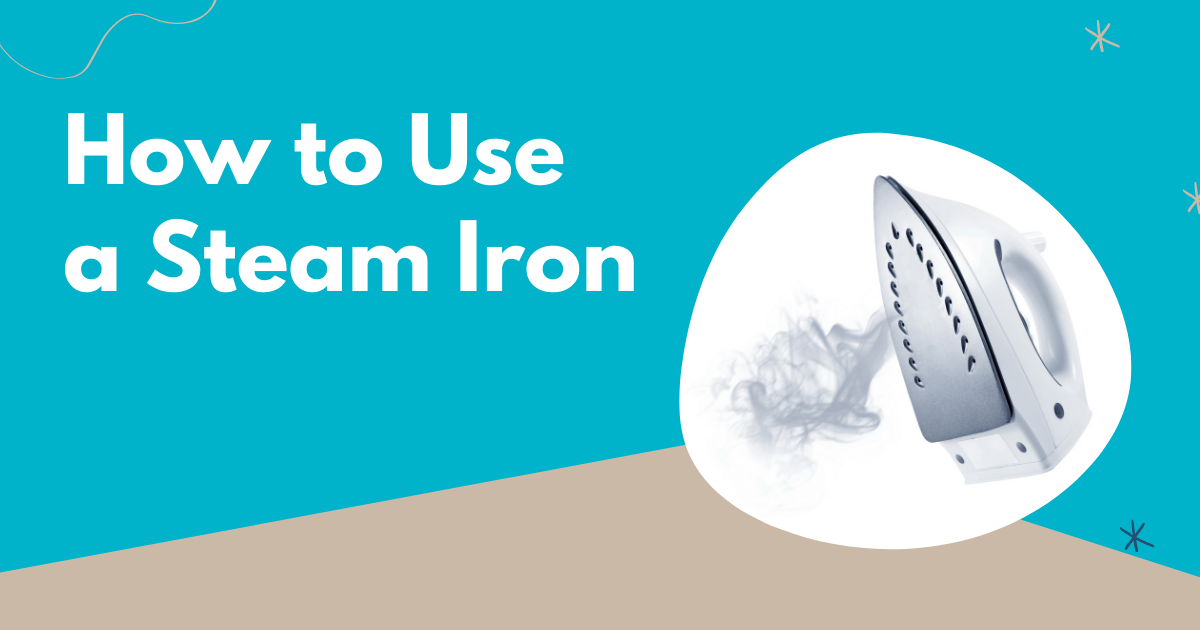
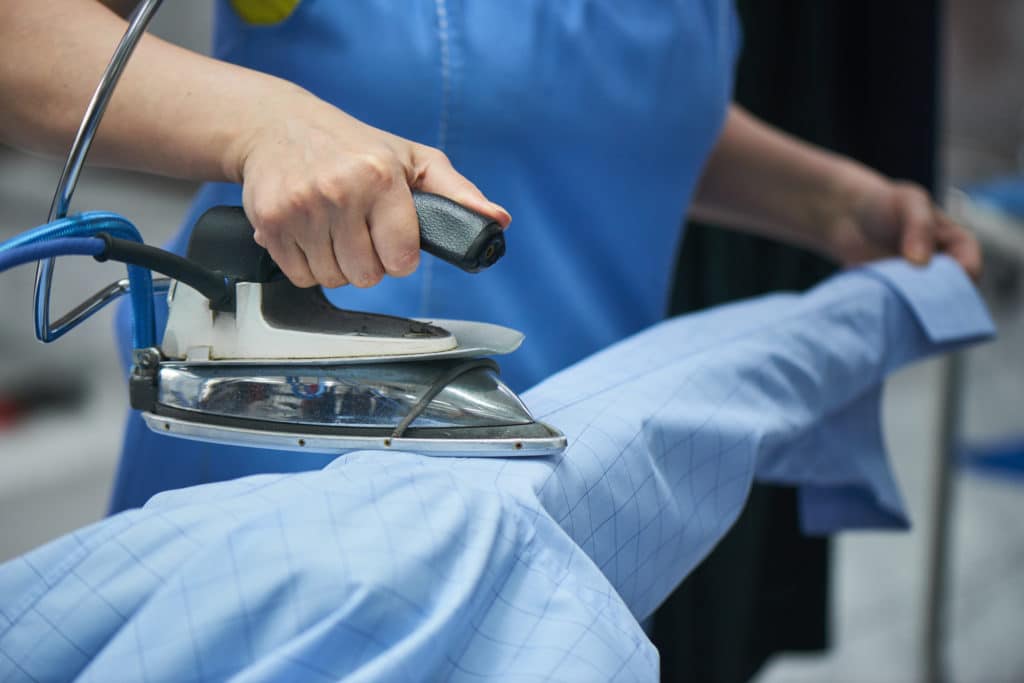
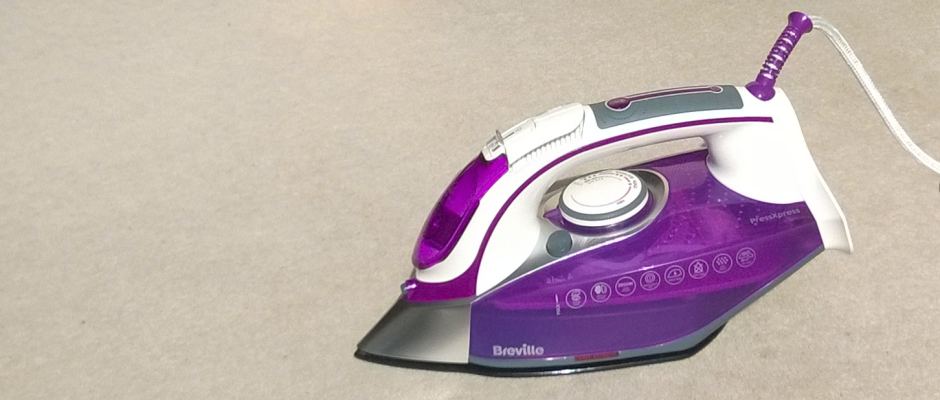




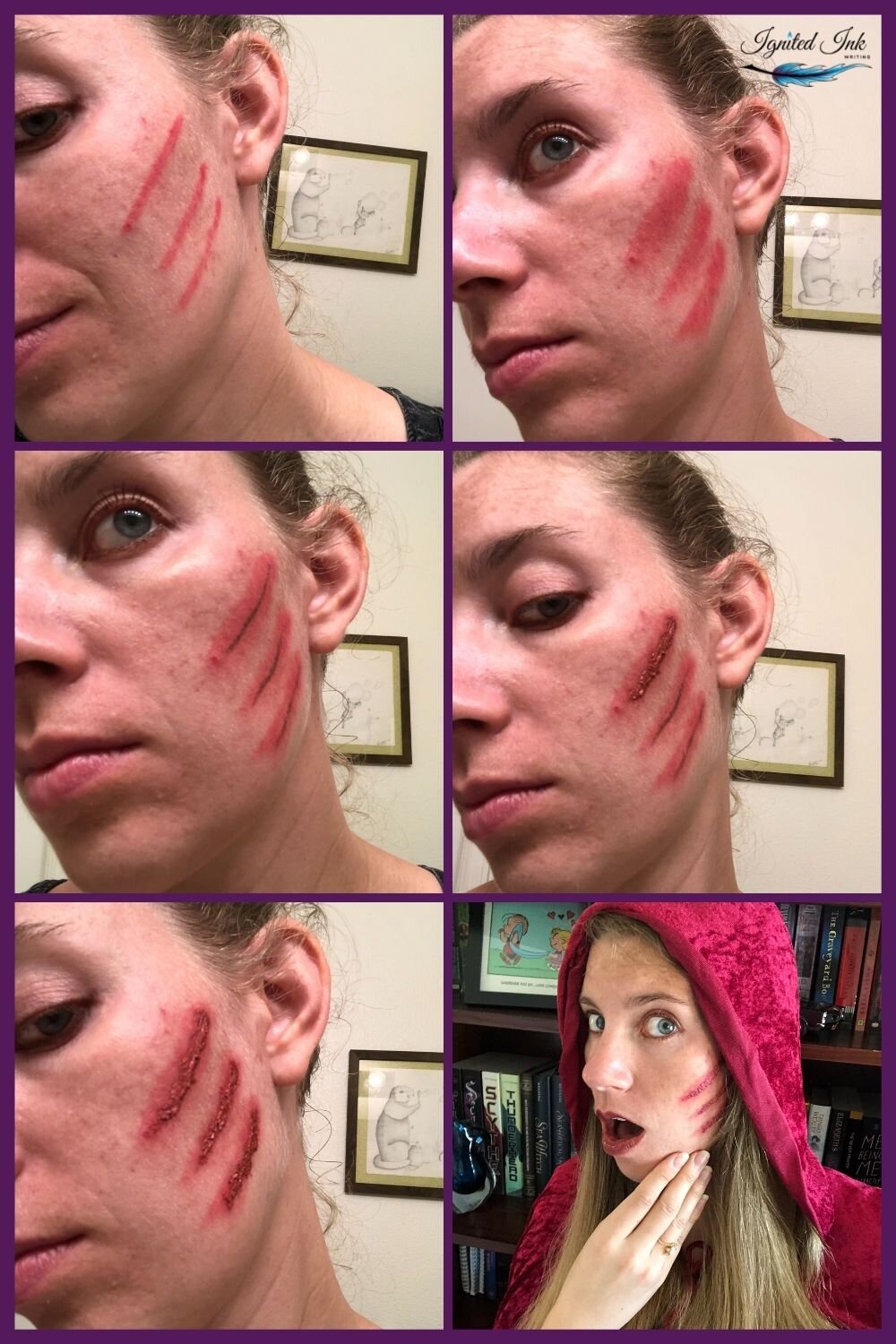















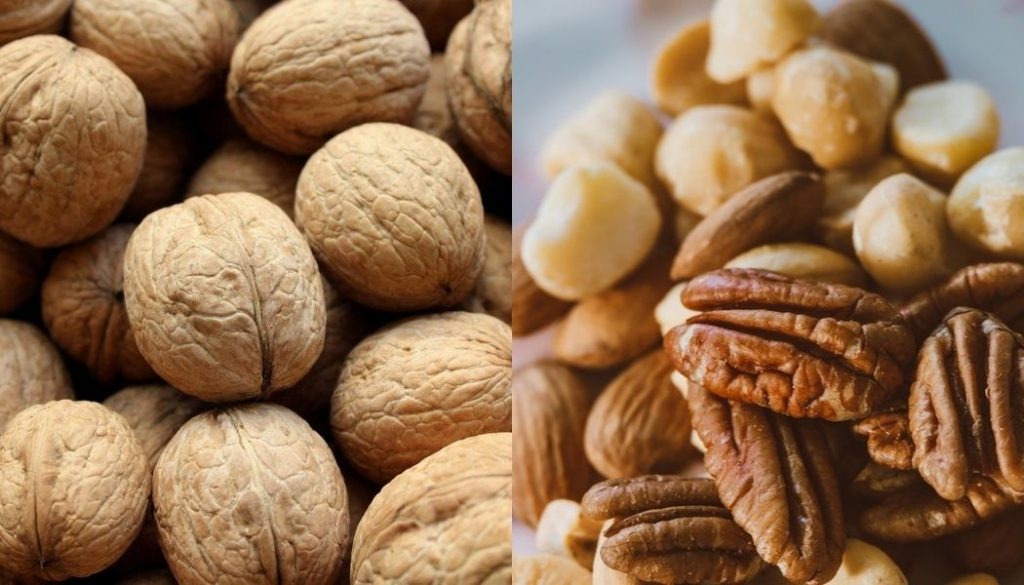














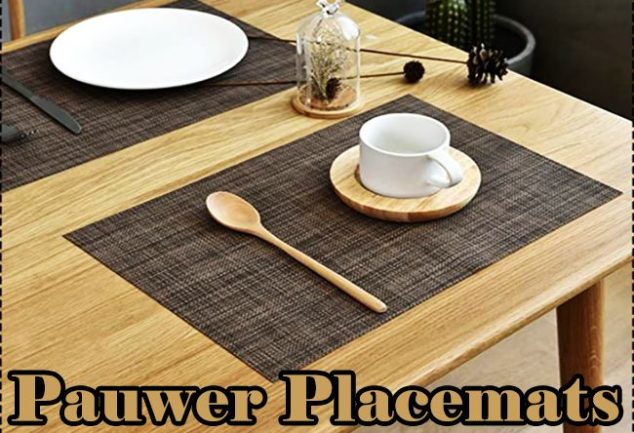
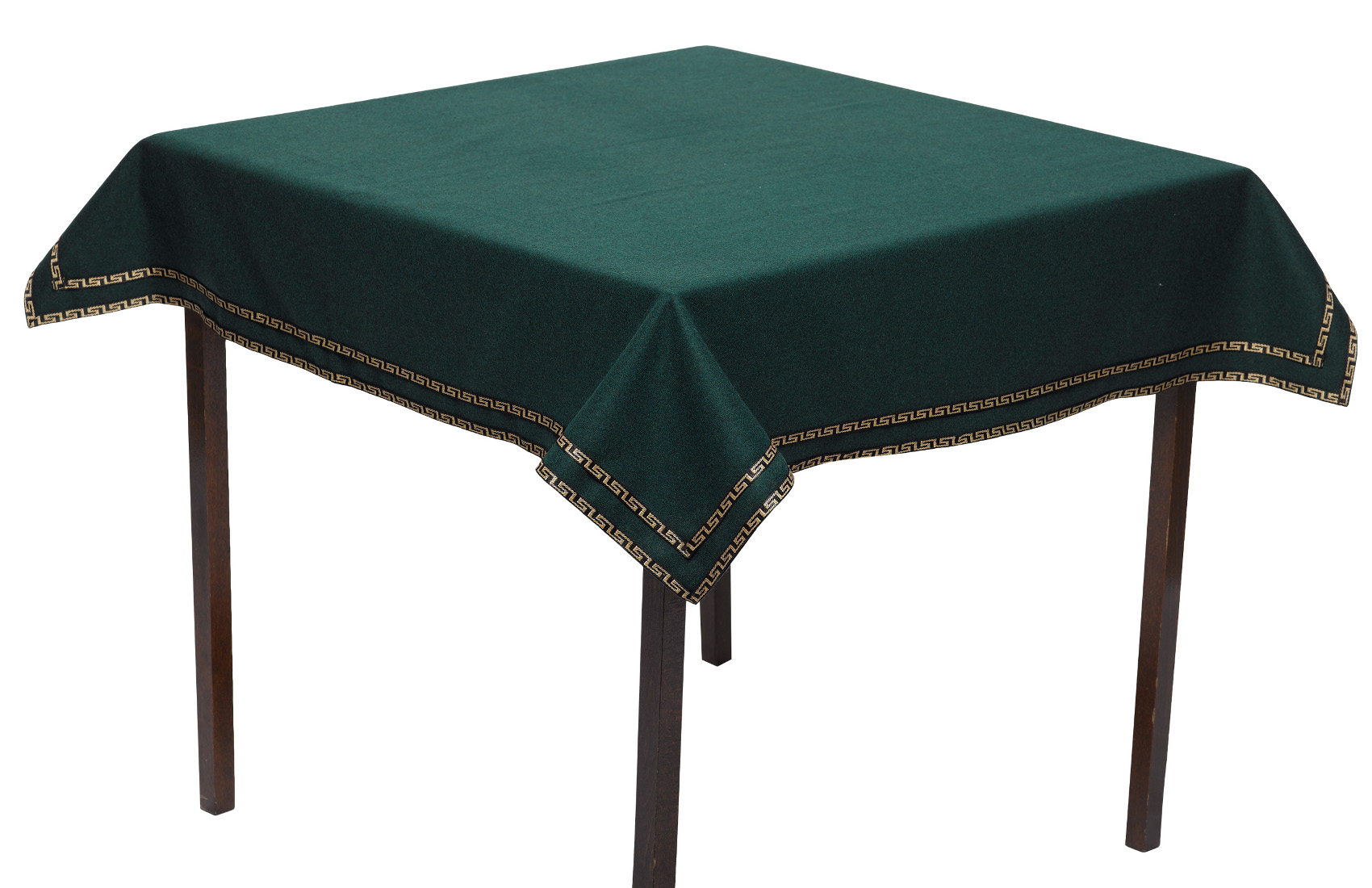
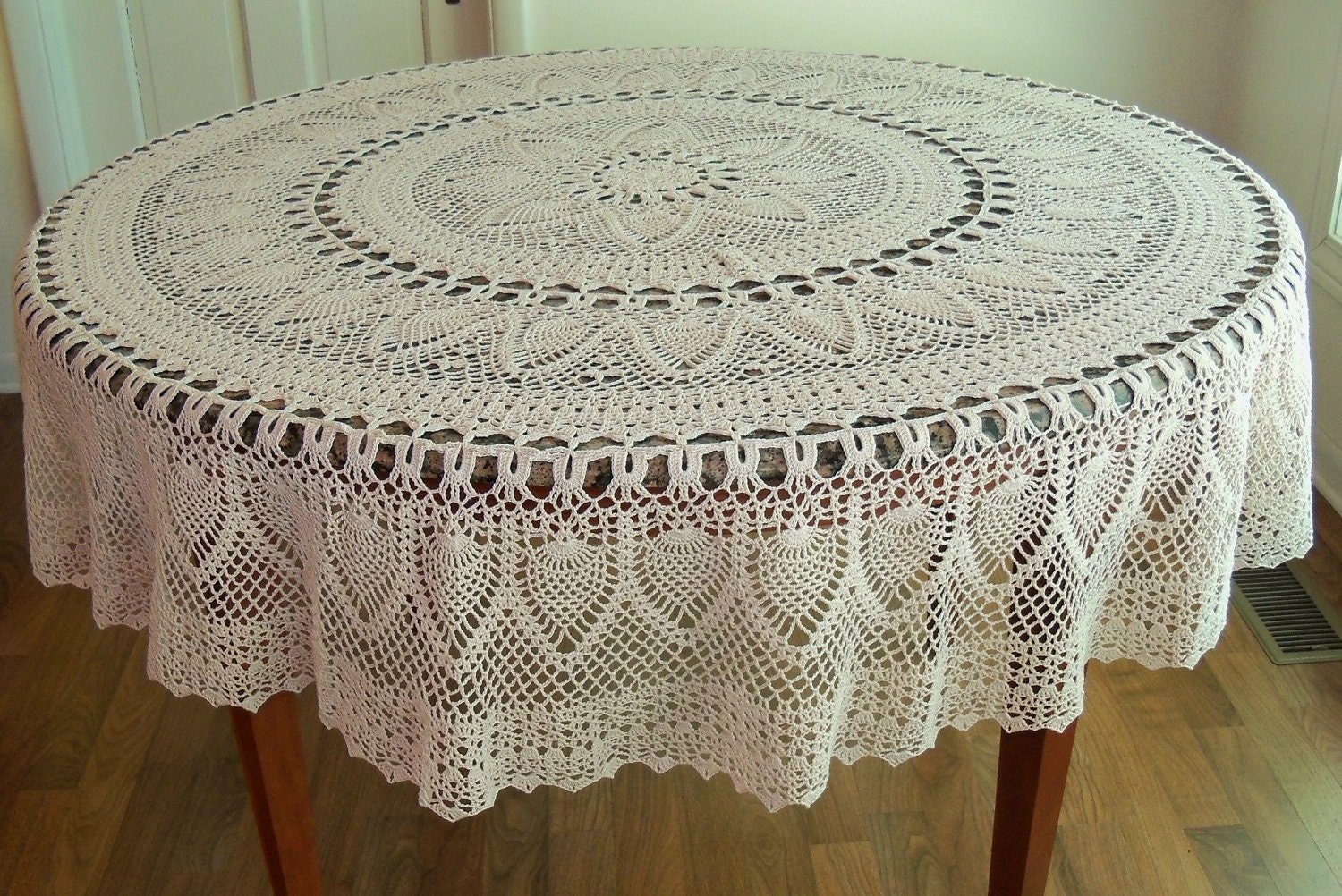
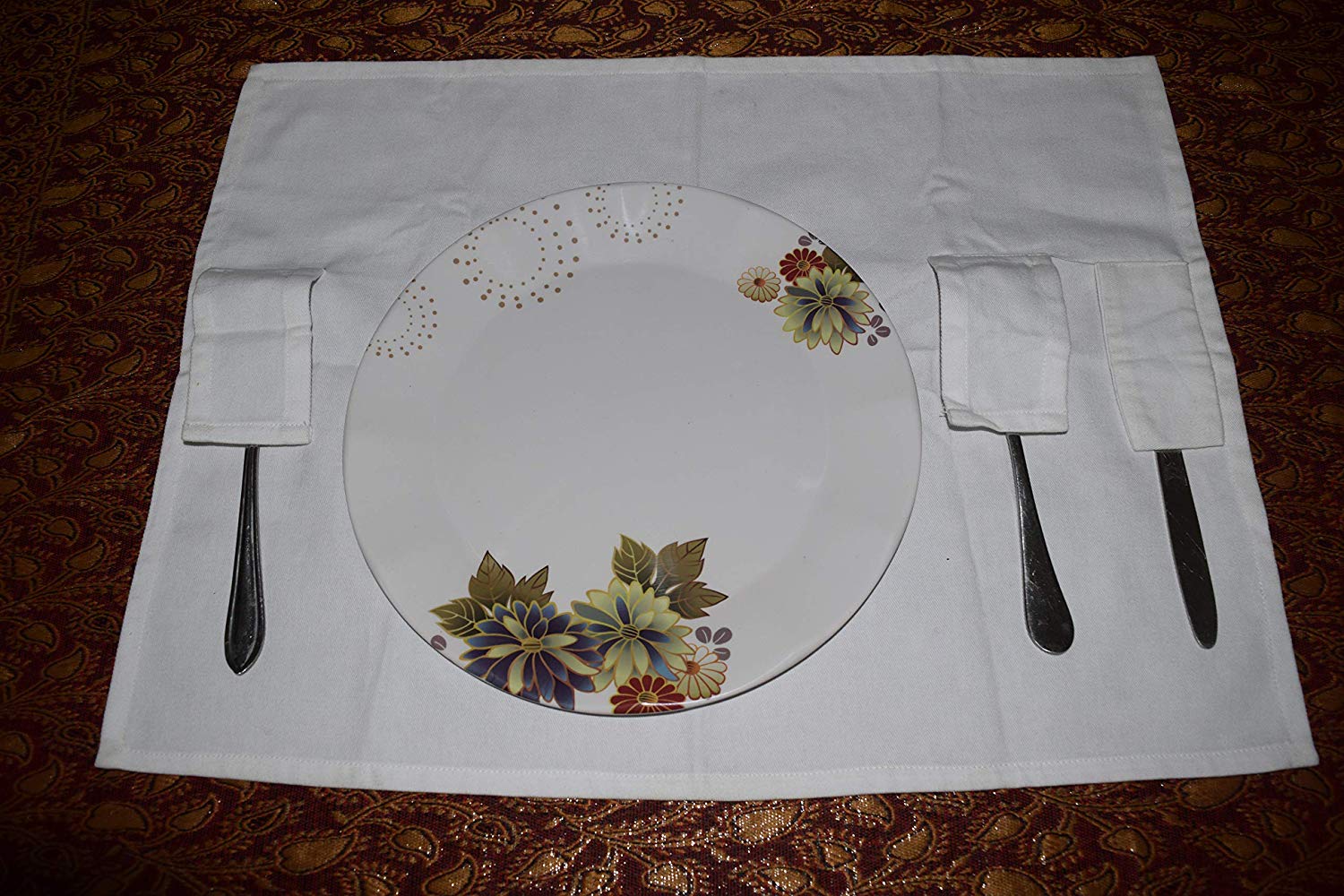
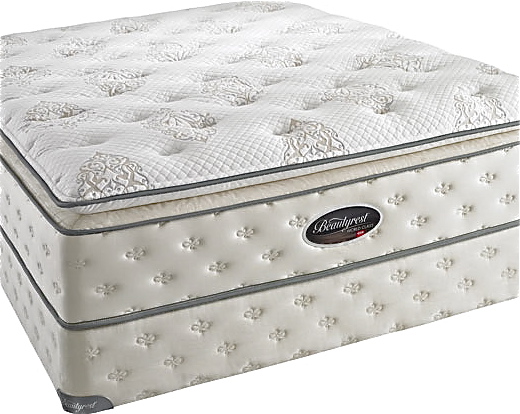



:max_bytes(150000):strip_icc()/hot-to-hang-a-chandelier-1976284-GIF-V4-f1d9285bc97d4dbab70cdbfacf3caf01.gif)
